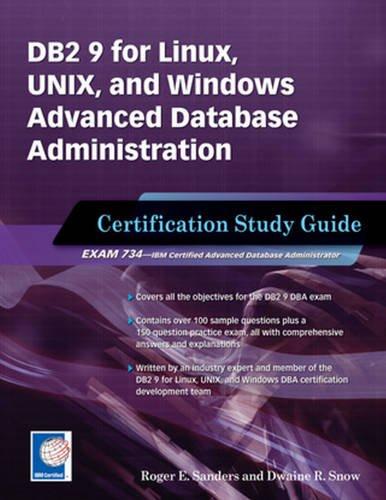Question
Which of the following are true? The bytes stored by a file typically do not have any particular meaning to a file system. The bytes
| Which of the following are true? The bytes stored by a file typically do not have any particular meaning to a file system. The bytes are only meaningful to users or programs that read the file's contents. | |
| In many Unix/Linux file systems, every Unix/Linux file (including directories) has a parent directory that it belongs to. Every directory contains two special entries: (i) the dot, '..', refers to itself -- a self-loop; and (ii) the dot-dot, '.', refers to the parent directory. | |
| Linux internally identifies every file with an i-number. Two different files within the same file system volume will have different i-numbers. There is a one-to-one correspondence between files and i-nodes. | |
| In many Unix/Linux file systems, every directory is a file. So, when we wish to discuss a non-directory file we sometimes use the term "ordinary" file. | |
| In Linux, hard links can cross file systems. | |
| File systems do not restricts the characters that may appear in file name base names. | |
| It is possible to have one physical disk partition shared by multiple operating systems simultaneously. | |
| Many different file systems exist. Some conserve storage space more effectively than others. Some provide better security features than others. Some enable faster access to file content than others. | |
| In both Windows and Linux, a soft link can identify a file or directory on a remote server. | |
| In almost every file system, files form a hierarchical tree - all internal nodes are directories, all ordinary files are leaves, and some leaf nodes are empty directories. | |
| An i-node is an index into a table that contains metadata such as the locations of a file's contents on a Hard Disk Drive (HDD). | |
| A directory should be thought of as a table of two columns: first column lists the names of files, and the second lists the corresponding i-number. The internal order of the rows of this table is unimportant. |
Step by Step Solution
There are 3 Steps involved in it
Step: 1

Get Instant Access to Expert-Tailored Solutions
See step-by-step solutions with expert insights and AI powered tools for academic success
Step: 2

Step: 3

Ace Your Homework with AI
Get the answers you need in no time with our AI-driven, step-by-step assistance
Get Started


